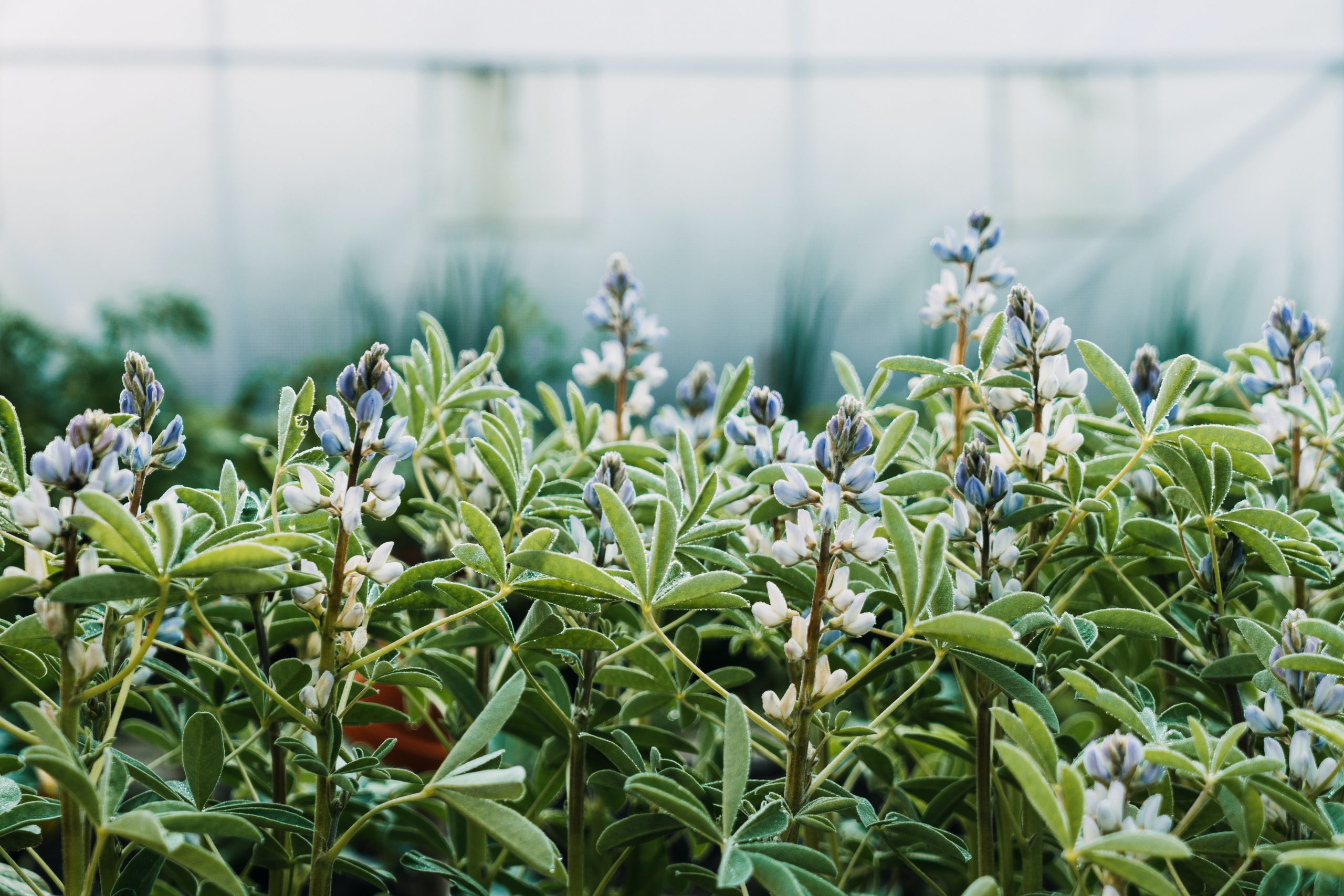The realities of human impact on planet Earth have borne down on the global population over the past 30 years. From the climate crisis to food and water security, scientists and activists around the world have made increasingly urgent pleas for us to “change our ways.” It can become easy to slip into a nihilistic mindset when faced with the sheer extent of problems that the current generation faces. Most of the time, headlines punt the problem without offering appropriately scaled solutions for simple households, as opposed to the massive corporate conglomerates that seem to be at the source of these issues. Permaculture could very well be that simple solution to apply to our everyday lives, making the difference one garden at a time to turn things around before they get any worse.
Permaculture refers to an agricultural design principle that incorporates a harmony between human crop demand and the environment in which these crops are grown. The basis of permaculture is not man-made: The principle is rooted in the designs and patterns of naturally established ecosystems that have developed and thrived over time without intervention. The beauty of this design lies in the fact that, despite the world containing a diverse range of environments — whether hot, cold, dry or tropical — an ecosystem can still form and flourish if there is a comprehensive understanding of how the environment and its ecology works.
Bill Mollison, considered the “father of permaculture,” developed the three main ethical pillars on which permaculture pivots — Earth care: To ensure the livelihood of all the organisms that make up an ecosystem; people care: To ensure that the human demand placed on crops can be met; and fair share: To ensure that these needs are never more than what is necessary to avoid overconsumption and, ultimately, a tip in the balance of these ecosystems. In this way, permaculture has literally turned deserts green and contributed to the massive reduction of carbon emissions by reducing the amount of heavy machinery used in typical agriculture.
In fact, there is compelling evidence that the soil in permaculture-oriented designs can actually hold more carbon than other soils, furthering this reduction. In the long run, this all lends itself to the general cause of sustainability making its way through the world. By applying these natural principles to agriculture on a larger scale, a great reduction in not only carbon emissions can be seen but there is also a reduction in the need for pesticides and fertilizers — and maybe even the production of GMOs (genetically modified organisms). While the debate over how healthy GMO crops really are is still active between the scientific community and the general public, there is merit in reducing the need for GMOs to combat the world’s lack of food security in the first place. If the balance between sustaining ourselves and caring for the environment can be achieved naturally, perhaps issues such as overconsumption among our ever-growing population can be stifled, and the rest becomes history.
To give an example of how these principles work, blogger Jonathon Engels testifies to the impact of permaculture on his blog “One Green Planet.” In the 7-year-old blog post, Engels tells his audience how he and his wife planted banana trees and a few other plants in a small circle during an agriculture project while volunteering in Panama. This “magic banana circle” was essentially self-sustaining, with a composting hole in the middle where dead branches and foliage would land and decay into compost to regenerate the soil in which the plants grew. The trees provided the necessary shade and moisture retention for other plants to grow beneath their canopies, which further contributed to the development of this little ecosystem. Eventually, microclimates started to develop within the circle, and the project didn’t require much external maintenance to thrive and supply bananas to the locals.
The gist of the situation is that permaculture principles are not exclusively for large-scale agriculture, and contributing to this cause is not only the responsibility of the agriculture industry. Incorporating permaculture into your own garden is not a radical concept, and the work can ultimately equip households to develop independence from grocery shopping. Putting in a bit of effort to ensure that garden designs are permaculture-oriented is less daunting than it sounds — it doesn’t have to become a massive project: Start by conducting some research on the weather, soil, insects and animals surrounding the land you want to use. From this, choosing the right type of plants to incorporate into the land becomes easier.
Designing the layout might prove to be a bit more difficult, so asking for advice and finding consulting resources might be helpful, but a substantial amount of information is readily available on the internet and on YouTube. No matter the size of the garden you want to build, permaculture principles can be (and should be) readily applied.
Unfortunately, according to many reputable scientists, there’s not much time left to waste, to palm responsibility off onto others or postpone productivity to a more convenient time. Taking the necessary steps to improve the overall situation in the world is a pressing matter that should be a priority for both households and conglomerates alike. While the nature of the world’s environmental and conservational issues can be sourced from large-scale industry, it is still of utmost importance to take responsibility for ourselves in our capacities, no matter how big or small our contribution to this positive change is. In this way, one small step and one small garden at a time, the world can not only halt these issues but perhaps, through persistence and a degree of dedication, reverse them too.

















